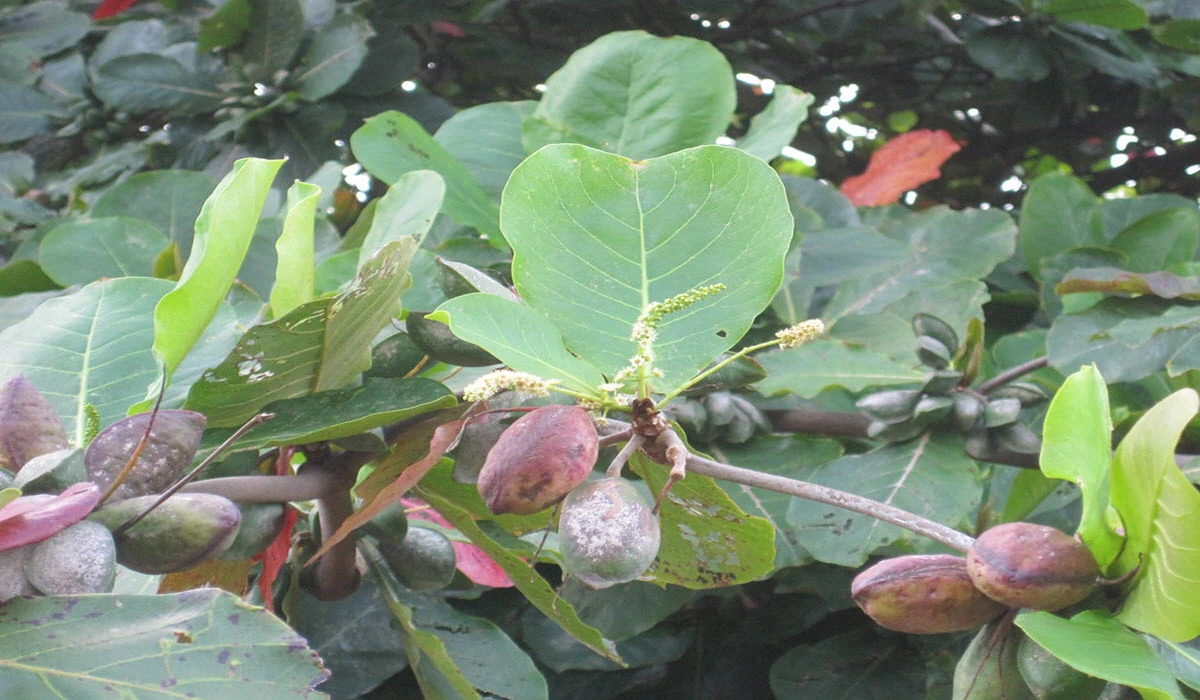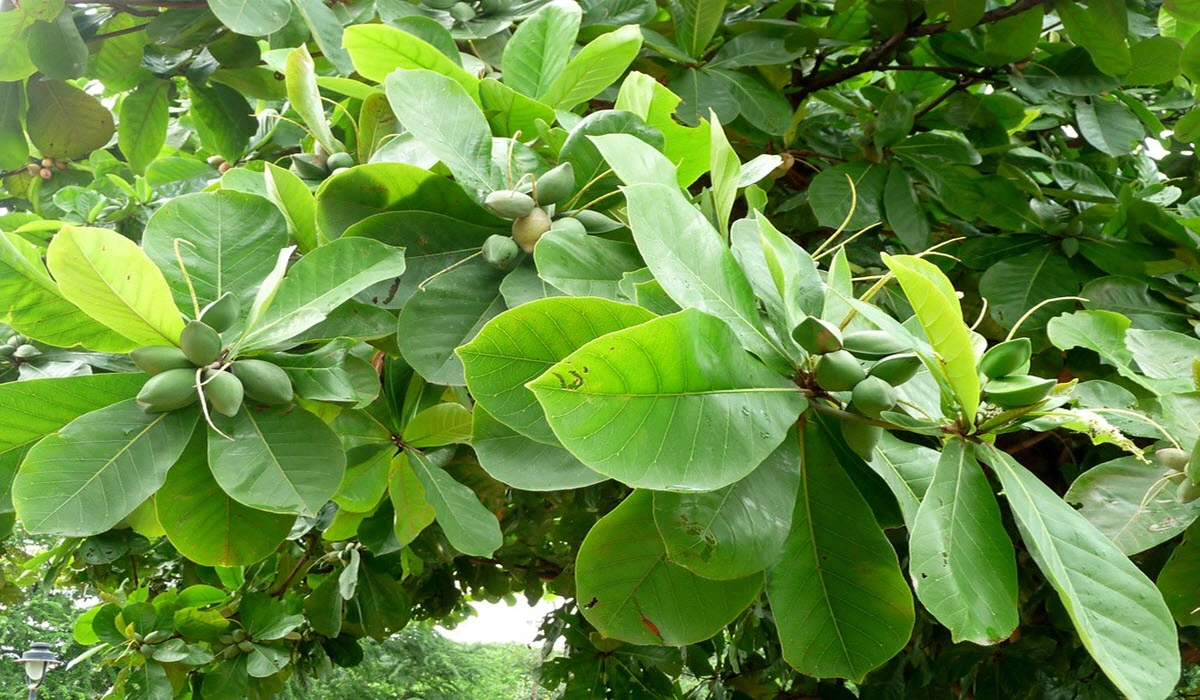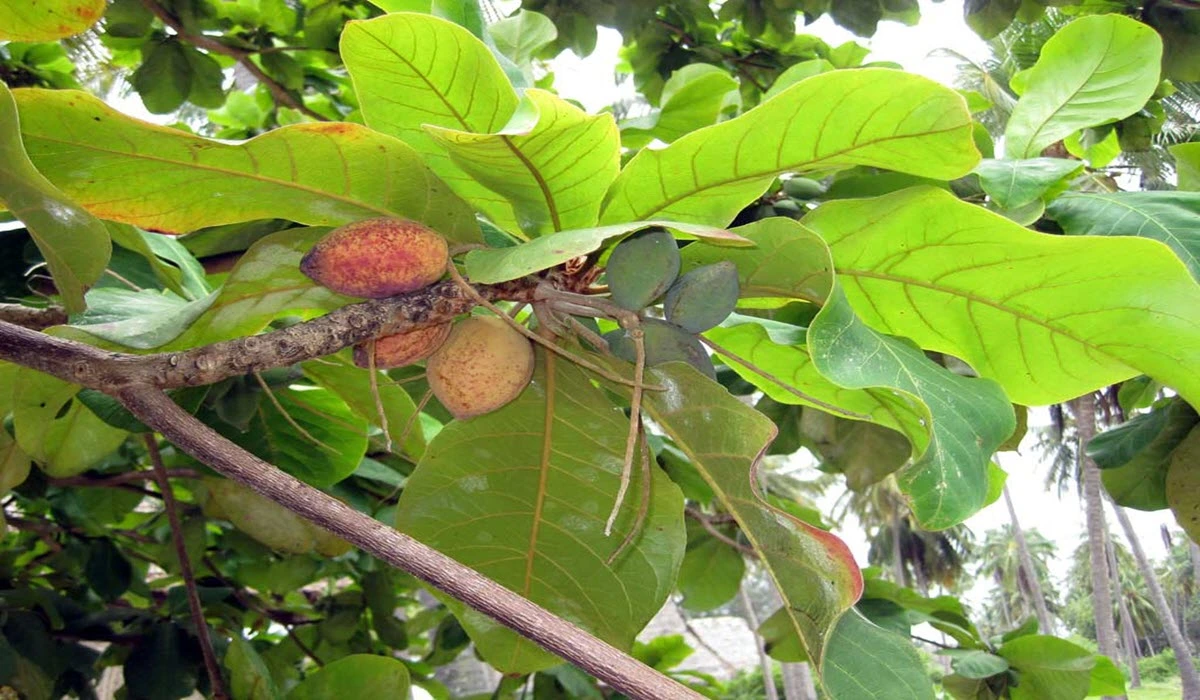The wood apple tree, scientifically known as Limonia acidissima, is a fascinating and beneficial fruit tree that is native to the Indian subcontinent. Also called “bael tree” or “kaitha,” the wood apple tree offers not only delicious fruits but also numerous health benefits. If you are interested in cultivating this unique tree in your garden or orchard, In this article, we will explore how to grow wood apple tree from seed, how to grow wood apple tree in home garden and the surprising health benefits of wood apple.

Selecting the Right Location
Wood apple trees thrive in warm, tropical climates and require full sun exposure to grow optimally. Choose a location that receives at least six to eight hours of direct sunlight daily. The tree also needs well-drained soil with a pH level ranging from slightly acidic to neutral.
Propagation
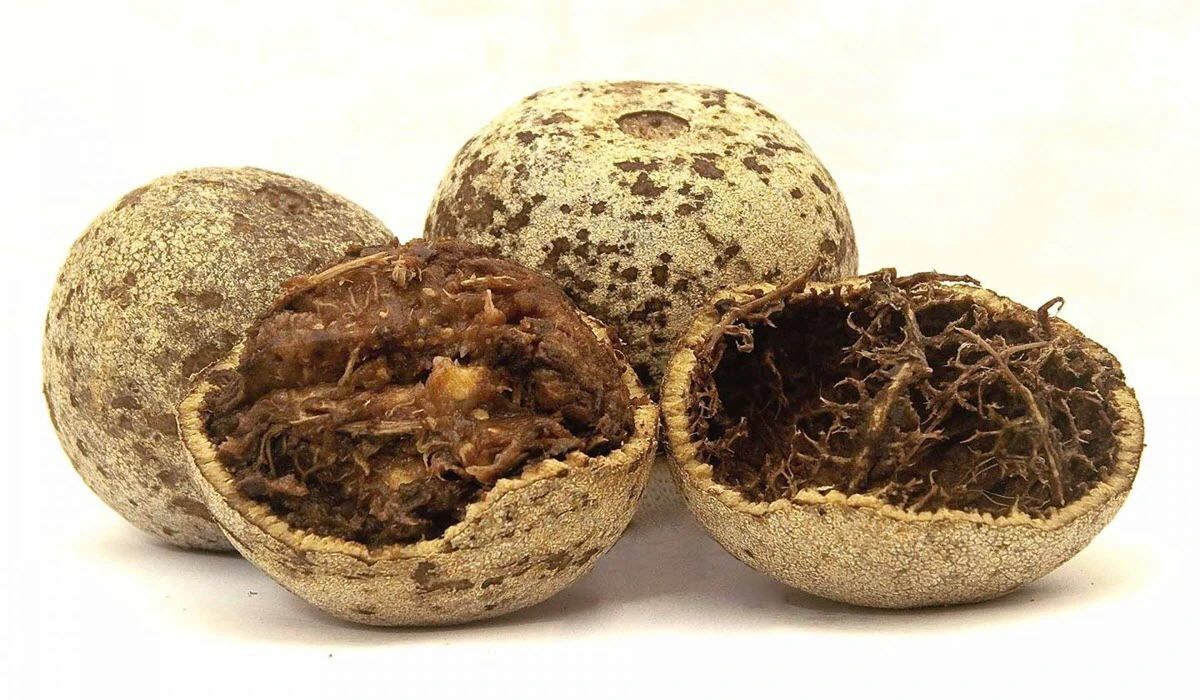
There are two common methods of propagating wood apple trees: through seeds or by grafting. Seed can be collected from ripe fruits and sown directly into the soil or in seed trays. It’s important to note that seeds can take several weeks to germinate. Grafting, on the other hand, allows you to replicate a desired variety and obtain quicker fruiting.
Planting the Tree
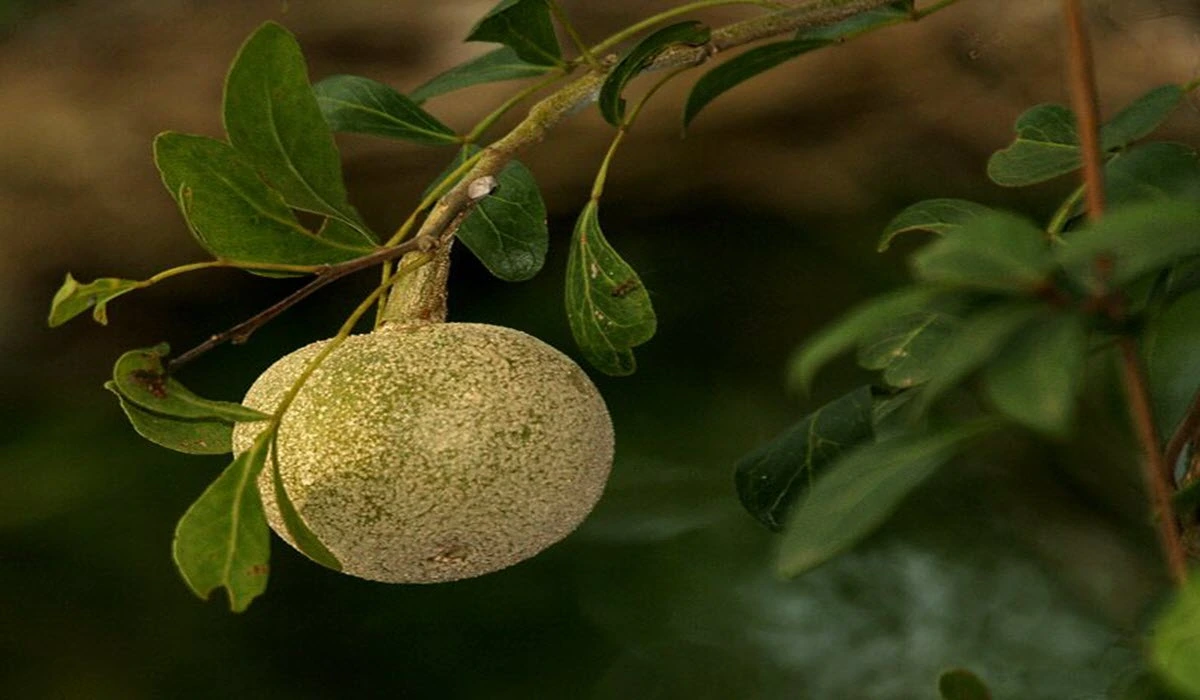
Prepare the soil by loosening it and adding organic matter, such as compost, to improve its fertility and drainage. Dig a hole that is wide and deep enough to accommodate the roots of the young sapling. Gently place the sapling in the hole, ensuring that the soil level around the trunk is at the same height as it was in the nursery. Backfill the hole with soil, firm it gently, and water thoroughly.
Watering and Irrigation
Wood apple trees require regular watering, especially during dry spells. Young trees need consistent moisture to establish their root systems, so water them regularly. However, ensure that the soil has proper drainage to prevent waterlogging, which can cause root rot. Once the tree matures, it becomes more tolerant of drought conditions.
Pruning and Training
Pruning is essential to maintain the shape and size of the wood apple tree, promote healthy growth, and facilitate better fruit production. Prune away any dead, damaged, or crossing branches during the dormant season. It’s advisable to train the tree to have an open and balanced canopy to allow sunlight penetration and proper air circulation.

|
5 pack Garden Pruning Shears Stainless Steel Blades5 pack Garden Pruning Shears Stainless Steel Blades, Handheld Scissors Set with Gardening Gloves,Heavy Duty Garden Bypass Pruning Shears,Tree Trimmers Secateurs, Hand Pruner |
Fertilization
Wood apple trees benefit from regular fertilization to promote healthy growth and abundant fruiting. Apply a balanced, slow-release fertilizer during the growing season, following the manufacturer’s instructions. Organic fertilizers, such as well-rotted manure or compost, can also be applied to enhance soil fertility and improve overall plant health.
Pests and Diseases
Wood apple trees are generally hardy, but they can be susceptible to certain pests and diseases. Regularly inspect the tree for signs of common pests like aphids, scale insects, or mealybugs. If necessary, use appropriate insecticidal soaps or oils to control infestations. Maintaining good sanitation practices and ensuring proper airflow around the tree can help prevent diseases such as fungal infections or rot.
Harvesting and Utilizing Wood Apples
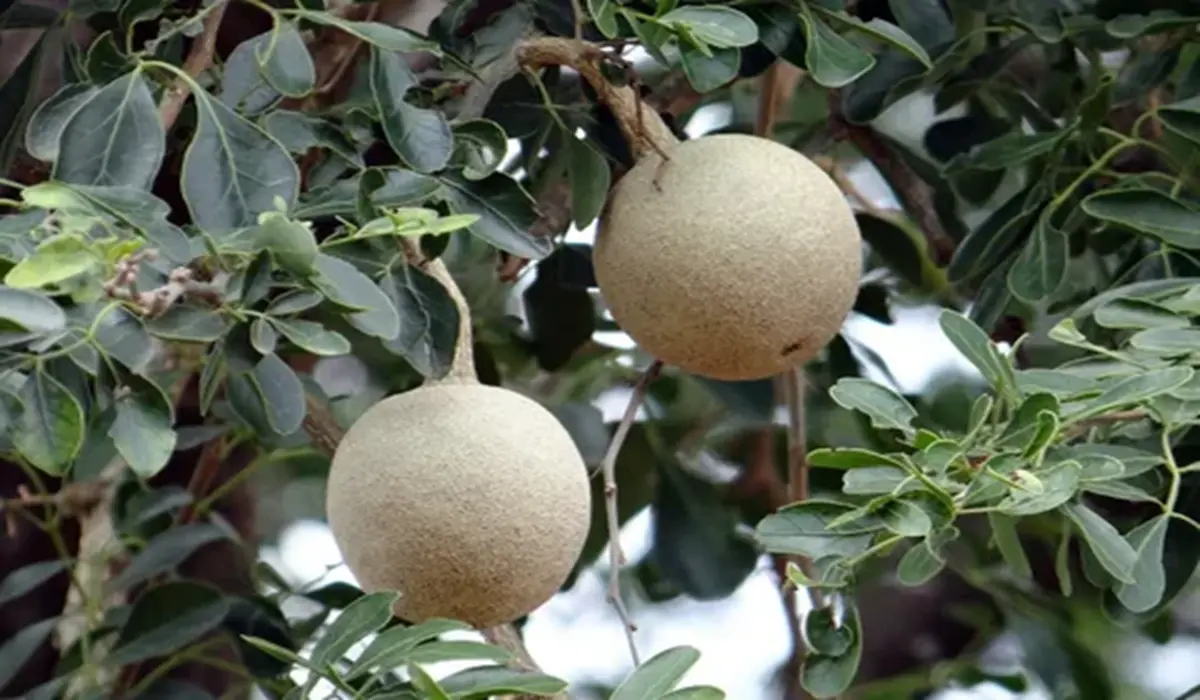
Wood apples usually take 8-12 months to ripen. The fruit is ready for harvest when it turns yellowish-green and emits a strong aroma. Gently twist or cut the fruits from the tree. Once harvested, the wood apples can be stored at room temperature for several weeks. They can be eaten raw, or their pulp can be extracted and used in many culinary preparations like beverages, desserts, or chutneys.
Wood Apple Benefits

Antimicrobial Properties: The wood apple fruit possesses antimicrobial properties due to the presence of bioactive compounds. It exhibits antibacterial, antifungal, and antiviral activities, which can help fight against harmful pathogens and strengthen the immune system.
Boosts Immunity: The vitamin C content in wood apples helps boost the immune system by increasing the production of white blood cells and enhancing their activity. Regular consumption of wood apples can help protect against common infections, colds, and flu.
Antioxidant Effects: Wood apple seeds are rich in antioxidants, such as flavonoids and phenolic compounds. These antioxidants scavenge free radicals in the body, protecting cells from oxidative damage. By reducing oxidative stress, wood apples may help lower the risk of chronic diseases and slow down the aging process.
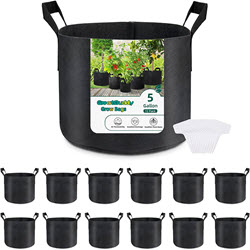
|
12-Pack Grow Bags 5 Gallon, Thick Fabric Planter Bags for VegetablesGreatBuddy 12-Pack Grow Bags 5 Gallon, Thick Fabric Planter Bags for Vegetables, Sturdy Handles & Reinforced Stitching, Labels Included, Black |
Cardiovascular Health: The fiber and potassium content in wood apples contribute to heart health. Fiber helps lower cholesterol levels and promotes a healthy cardiovascular system. Potassium helps regulate blood pressure and maintain proper heart function.
Skin and Hair Care: The presence of vitamins and antioxidants in wood apples makes them beneficial for skin and hair health. It can help improve skin texture, promote a healthy complexion, and reduce the signs of aging. Additionally, the pulp of wood apples can be used as a natural conditioner for hair, making it soft and shiny.
Hydration: Wood apple is high in water content, making it a refreshing and hydrating fruit. Consuming wood apple juice or eating fruit can help replenish body fluids and maintain proper hydration levels.
Conclusion
Grow wood apple tree can be a rewarding experience, providing you with an abundant supply of delicious and nutritious fruits.



